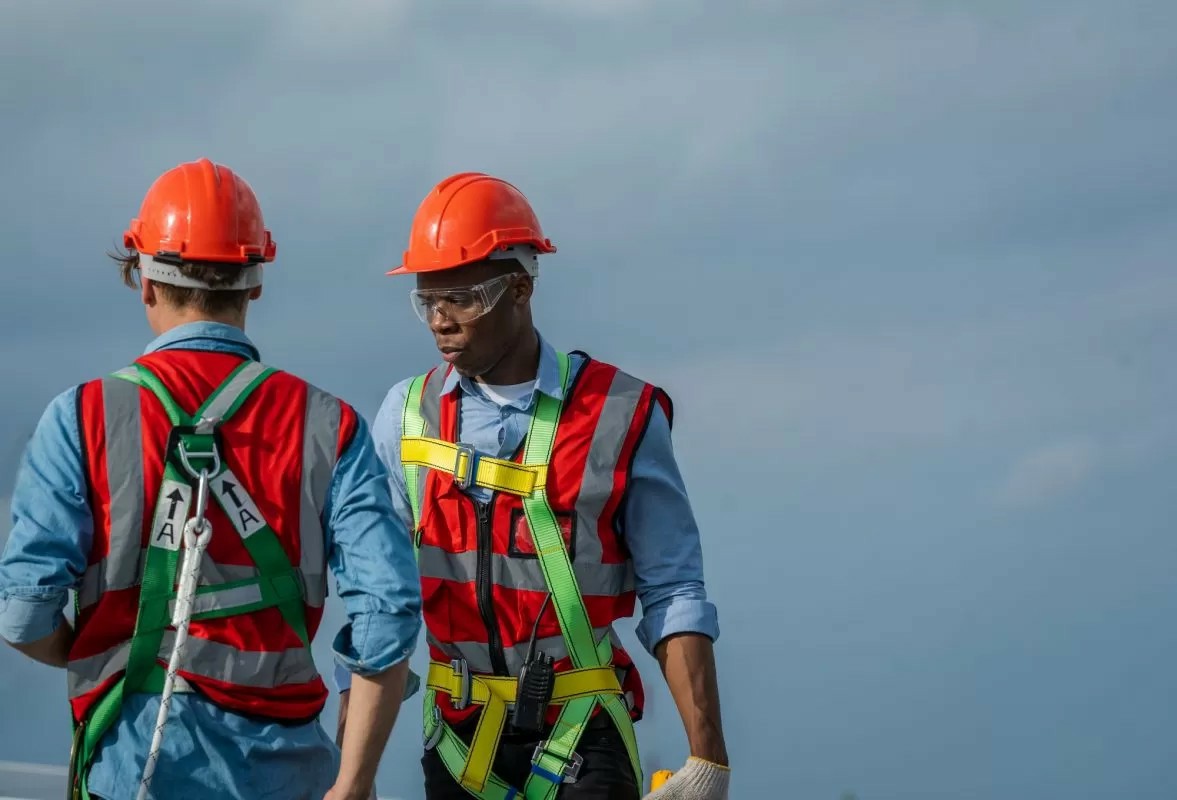Essential Safety Gear for Working at Heights: A Complete Guide
In a landscape where working at heights is a common necessity, ensuring safety through proper gear is not just advisable; it’s mandatory. Falls from heights are one of the leading causes of workplace injuries, which emphasizes the importance of reliable safety equipment. This guide will outline essential safety gear, explain its proper use, and provide maintenance tips to ensure compliance and protect workers.
Why Safety Gear is Critical for Working at Heights
To understand the importance of safety gear, it's crucial to recognize the risks involved in working at heights:
- Increased Fall Risk: Any task performed above ground level carries a significant fall risk, necessitating protective measures.
- Regulatory Compliance: Many countries and regions have strict regulations that require safety gear to minimize risks.
- Protective Measures: Safety gear mitigates the consequences of accidents, providing a higher chance of safety during a fall.
Key Pieces of Safety Gear
Here are the essential pieces of safety gear required for working at heights:
1. Safety Harness
A safety harness is a key component of fall protection systems. It distributes the force of a fall over the body, reducing the risk of injury.
- Usage: Always connect the harness to a secure anchor point. Ensure it fits snugly without compromising comfort.
- Maintenance: Inspect for wear and tear before use. Look for frays, broken buckles, or other signs of damage.
2. Lanyards
Lanyards connect the harness to an anchor point. They come in various types, including shock-absorbing lanyards, which reduce the impact of a fall.
- Usage: Attach lanyards properly to both the harness and the anchor. Ensure no obstructions are present that may affect the lanyard's performance during a fall.
- Maintenance: Regularly inspect for knots, frays, and worn areas. Replace lanyards that show any signs of wear.
3. Anchor Points
Anchor points are crucial for providing a secure point for lanyard attachment.
- Usage: Make sure anchor points are capable of supporting the expected loads. Use only designated anchors to avoid accidents.
- Maintenance: Inspect anchor points regularly for cracks or damage. Ensure they are secured and stable.
4. Helmets
Hard hats or helmets protect against falling objects and impact injuries.
- Usage: Wear a helmet at all times when working at heights where there is a risk of head injury.
- Maintenance: Check for cracks or dents in the helmet. Replace helmets after significant impacts or every few years based on manufacturer guidelines.
5. Fall Arrest Systems
These systems are designed to safely stop a fall and involve a combination of harnesses, lanyards, and anchoring devices.
- Usage: Always follow the manufacturer’s instructions for setting up the system. Ensure compatibility with other equipment being used.
- Maintenance: Inspect all components of the fall arrest system regularly. Ensure all pieces are functional and compliant with safety standards.
Regulatory Standards and Compliance
It is essential to follow regulatory standards that mandate the use of safety gear for working at heights:
- Employers are responsible for ensuring the safety of their workers.
- Training programs, such as Working at Heights Training, are often mandatory to educate workers on proper procedures.
- Regular audits and inspections ensure compliance with safety guidelines and regulations.
Best Practices for Maintenance of Safety Gear
Maintaining safety gear is just as important as the gear itself. Here are some best practices:
- Keep a maintenance log for all equipment used for working at heights.
- Store equipment away from extreme temperatures, moisture, and sunlight.
- Regularly participate in Working at Heights Courses to stay updated with the best practices and requirements.
Conclusion
Safety gear for working at heights is not just an accessory; it's a critical requirement for ensuring worker safety. Proper usage and maintenance of gear help prevent accidents, comply with regulations, and protect valuable human resources.
If you haven’t yet enrolled in a Working at Heights Course Online, consider doing so to enhance your knowledge and skills about safety procedures. For more information, reach out at [email protected].



 349,500 Offered Certificates
349,500 Offered Certificates
 24/7 Online Training
24/7 Online Training
 Money Back Guarantee
Money Back Guarantee
 Fully Accredited Courses
Fully Accredited Courses
